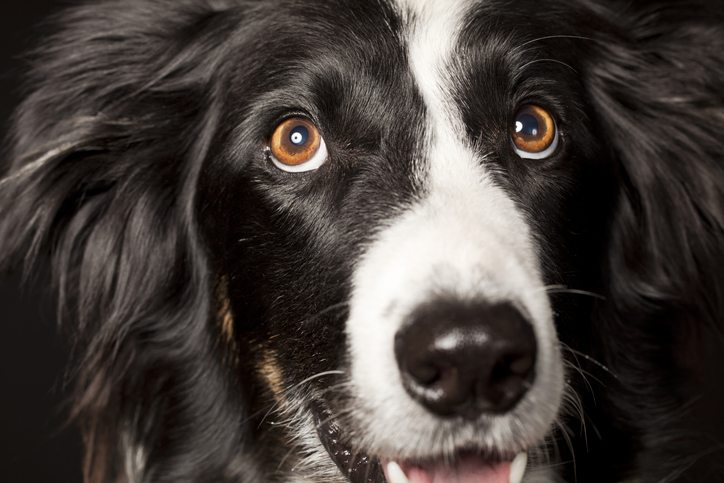
Glaucoma in Dogs: A Sight-Stealing Silent Threat
Glaucoma is a serious and often painful eye condition that can affect dogs, and as a responsible pet owner, it’s essential to understand this condition. While it’s more common in certain breeds, all dogs can potentially develop glaucoma. In this article, we will explore what glaucoma is, its causes, symptoms, diagnosis, treatment options, and how to provide the best care for a dog with glaucoma.Understanding Canine Glaucoma
Glaucoma is an eye disease characterized by increased pressure within the eye, resulting in damage to the optic nerve and potential loss of vision. In dogs, glaucoma can be broadly categorized into two main types: primary and secondary.Primary Glaucoma
This type is typically inherited and is more common in specific breeds like the Basset Hound, Cocker Spaniel, and Siberian Husky. It often affects both eyes and tends to develop as the dog ages.Secondary Glaucoma
This occurs as a result of other eye conditions, such as cataracts, uveitis, or trauma. It can develop suddenly and may affect one or both eyes.Recognizing the Symptoms
Glaucoma can be challenging to detect in its early stages, as dogs may not exhibit obvious signs of discomfort. However, as the condition progresses, you may notice the following symptoms:- Redness in the Eye: An affected eye may appear red or bloodshot.
- Increased Tearing: Dogs with glaucoma often produce excessive tears.
- Cloudy Cornea: The cornea may become cloudy or hazy.
- Squinting or Blinking: Your dog may squint or blink more frequently.
- Bulging Eye: In severe cases, the eye may appear larger than usual.
Diagnosis and Treatment
If you suspect your dog has glaucoma, it’s crucial to seek veterinary care promptly. Your veterinarian will perform a comprehensive eye examination, including measuring intraocular pressure. Early diagnosis is vital to preserve your dog’s vision. Treatment options for glaucoma may include medication to reduce intraocular pressure, surgery, or a combination of both. Surgical procedures, like laser therapy or drainage implants, can be effective in managing the condition. In some cases, especially if the dog is in severe pain or if the condition is advanced and causing vision loss, the affected eye may need to be surgically removed (enucleation). While this may sound distressing, dogs often adapt well to monocular vision and experience relief from pain.Caring for a Dog with Glaucoma
Providing care for a dog with glaucoma involves ongoing monitoring, medication administration, and creating a safe environment. Here are some tips:- Follow Medication Instructions: Administer any prescribed eye drops or oral medications as directed by your veterinarian.
- Regular Vet Checkups: Schedule regular follow-up appointments to monitor your dog’s progress and adjust treatment if necessary.
- Protect from Injuries: Be cautious to prevent any trauma to the remaining eye. Dog-proof your home to minimize hazards.
- Maintain a Consistent Routine: Dogs with glaucoma benefit from familiar surroundings and routines. Avoid moving furniture or changing the layout of your home.
- Provide Emotional Support: Offer comfort and reassurance to your dog. Blind dogs can continue to lead happy and fulfilling lives.










